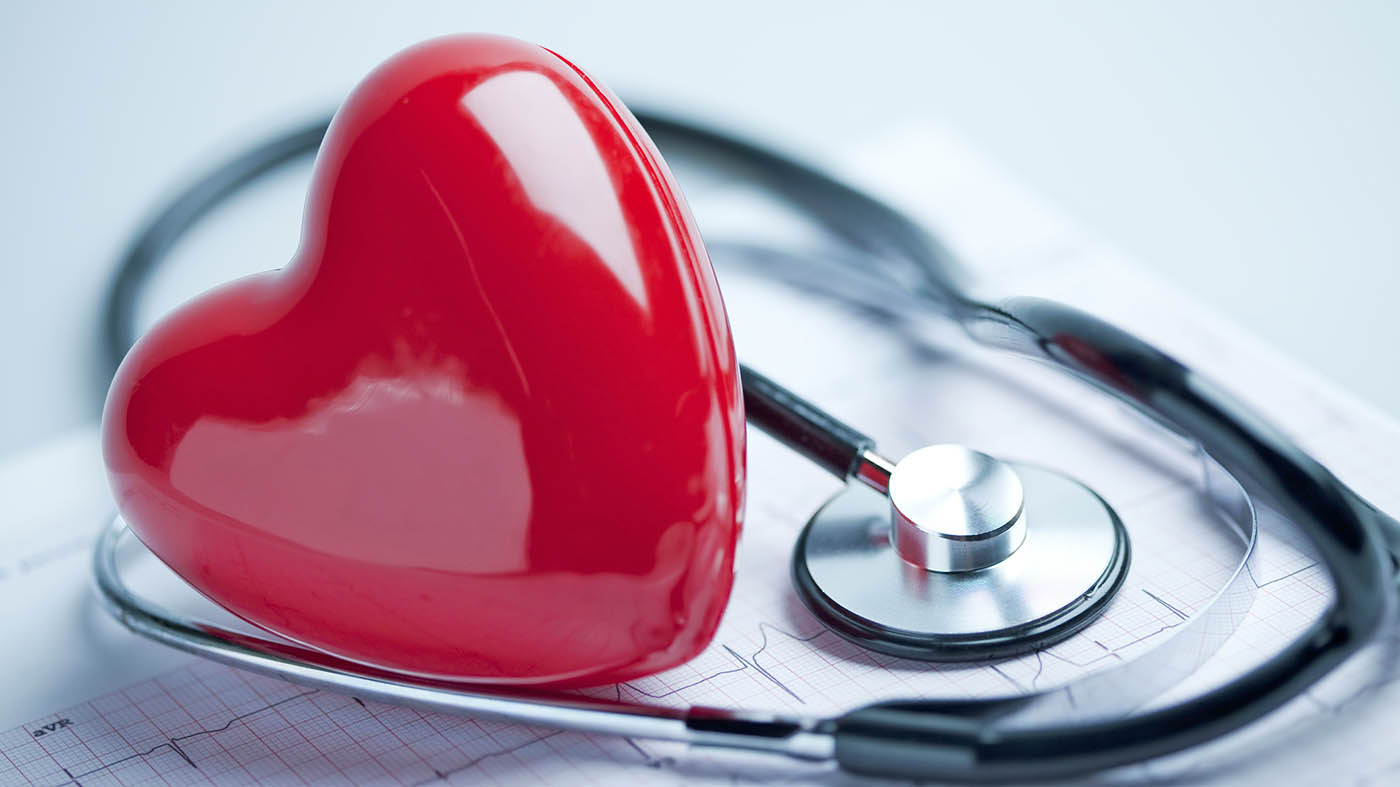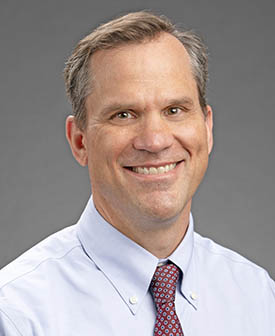VA has made great strides in improving access to specialized cardiology care for Veterans residing in rural communities. Through the innovative hub-and-spoke model, Veterans located hundreds of miles away from cardiology specialists gain access to high-complexity cardiovascular care through telehealth.
Dr. William Fearon is chief of cardiology at Palo Alto VA. Although Dr. Fearon and his team are based in Palo Alto, they are currently treating Veterans who live in northern and central California, Nevada, Hawaii, the Philippines and U.S. territories in the Pacific basin.
“For Veterans, where it’s inconvenient to travel all the way to Palo Alto or they don’t have access to technology, they can go to their local clinic and meet directly with our providers. If the Veteran has testing done locally, our providers can meet with them virtually and advise on medical treatments or make arrangements for a procedure that’s not offered locally,” Fearon explained.
Telehealth for cardiology
Palo Alto’s hub-and-spoke TeleCardiology program provides timely and urgent cardiovascular care to Veterans who may live far from specialists. It has enabled Veterans to stay in their own communities for initial evaluations and reduced the waiting time for critical cardiovascular procedures.
If a Veteran living in either Las Vegas or Reno receives an ultrasound, the images are transmitted to the Palo Alto site electronically. The cardiologist reviews the images and creates a treatment plan remotely.
Telehealth within the hub-and-spoke program caters to a wide range of cardiac conditions, such as coronary artery disease, rhythm disorders and valvular problems.
Certain limitations with the physical exam exist with virtual visits. However, virtual visits enable an initial and rapid response, which is especially important for Veterans with urgent cardiovascular needs.
Expansion beyond geographic boundaries
The hub-and-spoke model initially focused on addressing local needs within specific regions. Now, there is growing interest in building the program across the country with other VA facilities. In 2023, the Palo Alto site recorded 5,470 TeleCardiology encounters, which includes asynchronous visits, video telehealth visits and telephone calls.
“We’ve expanded the program within cardiology through a number of our subspecialties, including general cardiology, the structural heart interventional program, heart failure and electrophysiology. We have providers as well as nurse practitioners who are all very involved and interested in growing the program,” Fearon added.
To learn more about TeleCardiology, Veterans can talk with their VA provider or visit the In the Clinic Telehealth webpage.
Topics in this story
More Stories
Study underscores important role COVID vaccination can have in protecting Veterans from infection and reducing long-term health consequences
Columbia VA’s robotic surgery teams completed their 800th robotic surgery and are on schedule to hit 1,000 by the end of the year.
In a decentralized clinical trial, Veterans can participate from their own homes or local VA instead of having to travel to a research site.








Do those folks have to wait 6 weeks for an echo like they do at the Oklahoma City VA.